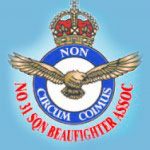Sir Charles Read, KBE, CB, DFC, AFC.
Sir Charles Read, KBE, CB, DFC, AFC.
Many claimed that Air Marshal Sir Charles Read was tailor-made for the silver screen – tall, with striking good looks and an irrepressible charm. – He also had a sharp sense of humour and a quiet strength.
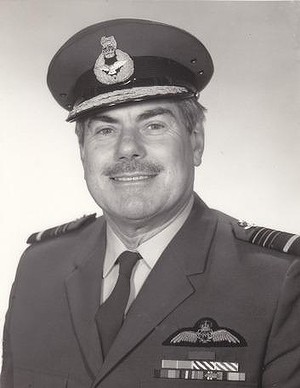
Charles Frederick Read was born in Woollahra, Sydney, on October 9, 1918, the only child of Joseph Read, an immigrant from Bristol who had served with the 1st Grenadier Guards in the Boer War, and his wife, Ethel (nee Shelton), from Dungog.
Little is known of his early childhood but it is said he was a shy boy who enjoyed the friendship of just a few close mates. After attending Rose Bay Primary and Cleveland Street High, he was enrolled in Sydney Grammar, where his powerful physique led him to represent the school in rowing and rugby. It was likely he could have done anything in life however, all he really wanted to do was fly.
Many a weekend was spent bodysurfing at Bondi or at the Vaucluse Sailing Club, learning as much as he could about all things nautical. In future years he put his meticulous hand to building an assortment of beautiful wooden canoes and dinghies as well as various other fishing and sailing craft.
He supervised the return of Australian prisoners of war: Air Marshal Sir Charles Read.But the Depression was taking its toll. The fiercely proud Joseph (charles father) lost his job as an accountant with Buckingham’s department store and Ethel, a live-in nurse, was now the main breadwinner and was often away from home.
After leaving school in 1935, Charles worked briefly with Stack & Company, the Pontiac dealership on York Street and then with the Clifford Love organisation, selling Uncle Tobys Oats. Then, reading a newspaper in Hyde Park one day, he saw a recruitment ad and had an idea. Perhaps the air force could provide him with some job security and independence – and a chance to fly as he had always wanted to do.
He submitted an application, was accepted and joined the RAAF as a cadet on July 21, 1937. A year later, he graduated as a pilot officer. He headed to Richmond as part of 3 Squadron, flying Hawker Demons, Gypsy Moths and Ansons, while eight of his fellow graduates elected instead to travel to England to fly with the RAF. Not one of these eight men returned from the war.
In September 1939, Australia joined England in declaring war on Germany and, in the same year, the Empire Air Training Scheme was established to provide air crew for the war in Europe. Charles was appointed flying instructor with 22 Squadron at the ripe old age of 21.
By the time the Japanese was bombing Pearl Harbour in December 1941, Charles was stationed at the RAAF base at Amberley, near Brisbane, where some of his time was spent escorting USAF B-18 bombers to Darwin or rescuing lost American airmen, who often struggled with the demands of night navigation in the vast areas of outback Australia.
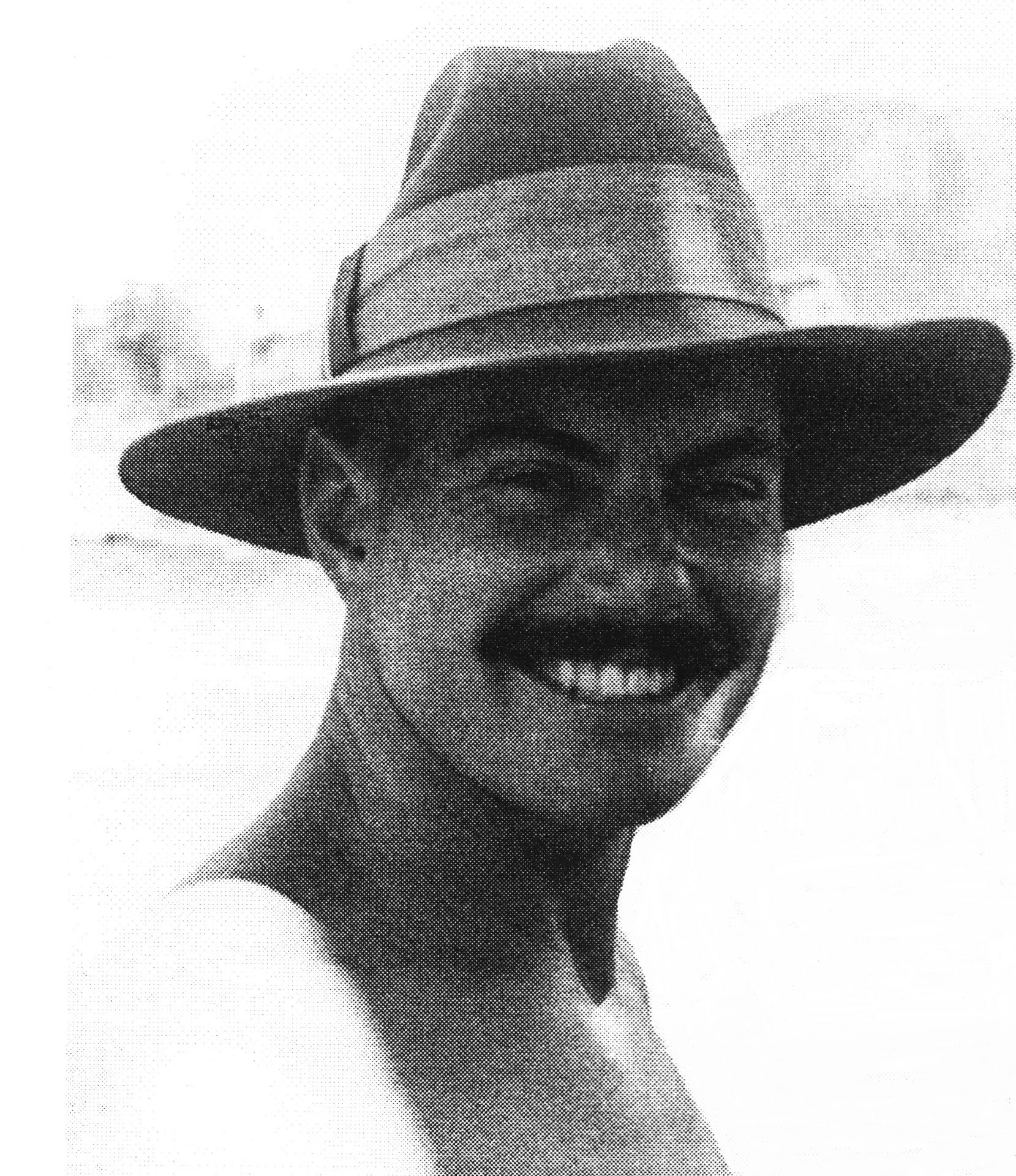
After the raid on Darwin in February 1942, 30 Beaufighter Squadron was formed at Richmond and one of the earliest deployments for the Bristol Beaufighter planes (supposedly known as “Whispering Death” by the Japanese for their silent flight) came just three months later when Japanese midget submarines attacked allied warships in Sydney Harbour. It was during this incident that Charles became one of only a handful of aviators to ever fly under the Sydney Harbour Bridge.
Appointed Flying Instructor, Charles at Wagga Wagga on the day war was declared in 1939

Charles (right) at Coomalie Creek Airfield Northern Territory 1942
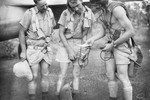
Charles as C.O of the Squadron. Here he is being photograped (front centre) with the first intake of Pilots and Navigators that arrived at Coomalie Airfield. He earned the nickname “Coomalie Charlie” and as a result of that, another foundation member of the sqn Kenneth MacDonald, wrote a book based on his memoirs entitled “Coomalie Charlie’s Commandos”
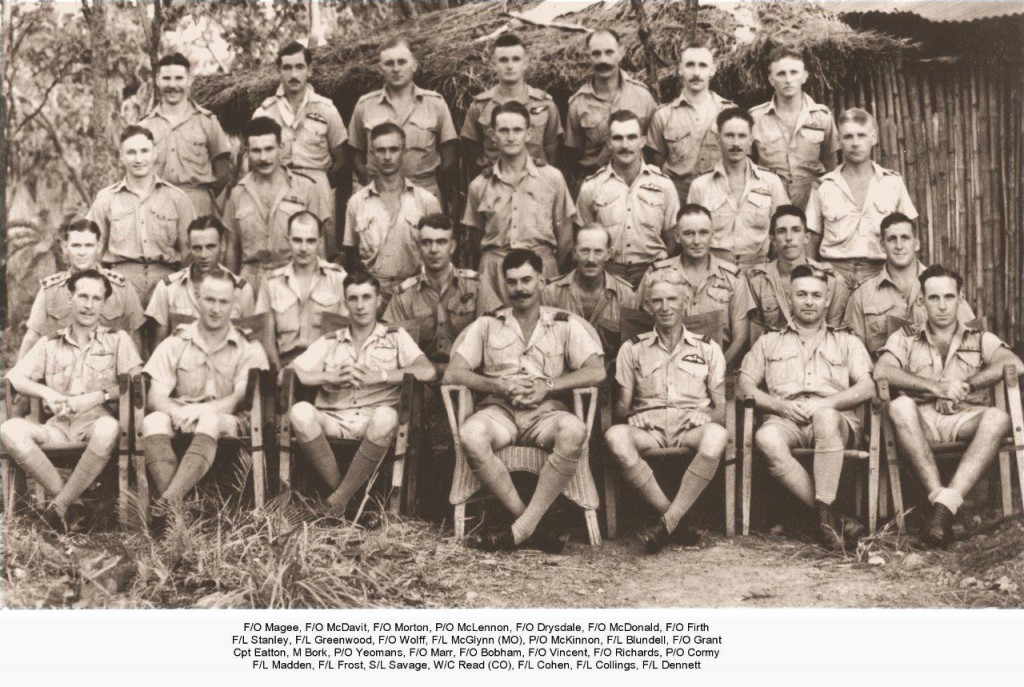
Coomalie Charlie and his Commandos
Charles inspecting his aircraft before a mission 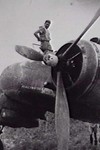
Below is a full report that Sir Charles wrote and submitted for the time he was CO of 31 Squadron
Charles Read 31 Sqn Report (9.5 MB)
As the Japanese advance from the north gained momentum, Charles was asked to form his own squadron and so 31 Squadron was formed at Wagga Wagga and moved and operated out of the Northern Territory. The Squadron successfully attacked enemy shipping and airfields in Portuguese Timor at both Penfui and Taberfane.
In 1944, after a posting to Point Cook, where he continued to train navy and air force pilots for the war effort in Europe, Charles returned to the south-west Pacific as commanding officer of 77 Attack Wing, which was stationed at Moratai in the Dutch East Indies as part of the Oboe Six offensive on Labuan that secured Brunei Bay and allowed the allies to establish a strategic naval base there.
When the Americans dropped the atomic bomb on Hiroshima in August 1945 and effectively brought the war to an end, Charles was an acting group captain on the HQ staff of the First Tactical Air Force.
He returned to Borneo to assist with the postwar effort and to supervise the return of Australian prisoners of war. He was finally posted home in early 1946. That same year he married Betty Bradshaw, a young redhead from Dover Heights he had first met some years earlier when she was serving with the WRAAF in New Lambton in Newcastle. Soon afterwards, Charles was offered a permanent commission with the RAAF at the provisional rank of squadron leader and was posted to Wagga.
In the next few years, he held commands at Richmond, NSW, and Point Cook, Victoria, and, in 1952, after returning from England where he headed up the multi-national 22 VIP Squadron, he was posted to Sale. He later returned to Amberley to command 82 Squadron and then, in 1960, as a group captain, was appointed director of operational requirements in Canberra and recommended that the RAAF acquire the CH-47 Chinook heavy-lift attack helicopter.

Charles was also a member of the team that visited General Dynamics in the US in 1963, seeking a replacement for the ageing Canberra Bomber. Then prime minister Robert Menzies gave the RAAF the nod to order 24 of the revolutionary F-111, despite its enormous cost and the fact that the plane was still in its very early stages of design.
In 1964, Charles was selected to attend the Imperial Defence College in London and on his return was appointed commanding officer of Point Cook, and subsequently Richmond.
In 1970, by then deputy chief of air staff, he was instrumental in the leasing of two squadrons of F-4E Phantoms as an interim strike force, pending delivery of the much delayed F-111. His decision to recommend the Phantom at the expense of both the Hawker Siddeley Buccaneer and the Grumman Intruder proved to be incisive.
In 1972, Charles Read was appointed Chief of Air Staff.
On his retirement from the RAAF in 1975, Charles elected to withdraw from the politics and demands of high public office, preferring instead to move to Pittwater in Sydney, where he continued to share his great love of sailing and fishing with family and friends.
He was made a Knight Commander of the Order of the British Empire in 1976. His final years were spent on the NSW mid-north coast, near Woolgoolga.
Sir Charles Read, KBE, CB, DFC, AFC, is survived by his sons Peter, Ian and Phillip, daughters-in-law Jill and Jenny, and grandchildren Georgina, William, Genevieve, Kew, Millie, Lucy and Emily. Betty died in 2005.
by Ian Read
Eulogy for Sir Charles –
from Wing Commander Joanna Elkington
(Commanding Officer / Airbase Executive Officer)
No. 31 (City of Wagga Wagga) Squadron.
Air Marshal Sir Charles Read KBE, CB, CBE, DFC, AFC
” Family members of Air Marshal Sir Charles Read, ladies and gentlemen,
As the current commanding officer of No 31 Squadron I am honoured to speak as a member of the Air Force and on behalf of No 31 Squadron and all who have served with, and for, Air Marshal Sir Charles Read.
In almost 40 years of service – he achieved so much and has been acknowledged by the following Honours and Awards. During the war years, in 1943, when in command of No 31 Squadron in the South West Pacific Area, he was awarded the Distinguished Flying Cross for leadership and courage in attacking the enemy airfields in the face of heavy anti-aircraft fire. He was later mentioned in Despatches for the high standard of operational and administrative efficiency he inspired whilst serving as Commanding Officer of No 77 Wing Headquarters.
Post War – in 1960 he was awarded the Air Force Cross for his planning, sound decisions and determined leadership during the ferry and escort operations of Sabre aircraft from Australia to Malaya.
In recognition of his maintaining a very high standard of flying and administrative efficiency and thus making an outstanding contribution to the operational effectiveness of the RAAF he was made a Commander of the Order of the British Empire in 1964 and in 1972 Queen’s Birthday list he was appointed a Companion of the Order of the Bath.
Air Marshal Sir Charles Read became a Knight Commander of the Order of the British Empire (KBE) in 1976.
There is a common thread here – this recognition is highly deserved – Sir Charles was a humble yet inspiring leader and regarded his award of the DFC as a compliment to the great work of his squadron rather than as an individual honour. His story immortalised in Kenneth McDonald’s book, Coomalie Charlie’s Commandos provides insight into the team he led.
He had joined the Air Force in 1937 as an Air Cadet, and within 8 years, including 4 years of war, reached group captain rank. After the war he relinquished group captain rank, and in 1948 was appointed to a permanent commission, as a squadron leader, and continued with his career in service to his country – rising to Air Marshal as Chief of Air Staff – from 1972-1975.
A summary of his key appointments include Commanding Officer of No 31 Squadron, Commanding Officer of No 77 Wing Headquarters, Staff Officer Administrative Headquarters No 1 Tactical Air Force, Commanding Officer No 24 (Commonwealth) Squadron UK, Commanding Officer Central Flying School, Senior Air Staff Officer Headquarters Training Command, Officer Commanding 82 Wing, Director of Operations Department of Air, Commandant of RAAF Academy and Officer Commanding RAAF Base Point Cook, followed by Officer Commanding RAAF Base Richmond. He was appointed Deputy Chief of the Air Staff in 1969 and Chief of Air Staff in 1972 until his retirement in 1975.
As Deputy Chief of the Air Staff he was able to facilitate the purchase of the Chinook helicopter for Australian service. During his tenure as Chief of Air Staff he saw the introduction of the F-111C into service, having previously been involved in the selection of the bomber.
He rose to the pinnacle of his career as the Chief of Air Staff for Air Force. I came across his own words in the 31 Squadron ‘Album’ written as Air Marshal Read and Patron of the 31SQN Beaufighter Association, and would like to share them with you today.
Towards the end of the war, I had the honour once again to be associated with No 31 Squadron when three Beaufighter squadrons were combined to form No 77 (Attack) Wing. No 31 Squadron was without a doubt the highlight of my Service career, and I would like to pay tribute to all who served with me in the squadron. In my later years with the RAAF I was always concerned that it had not been possible to maintain the squadron number in the RAAF order of battle (No doubt with different motto)
Sir Charles had a significant influence as a leader, he had vision and energy – leading by example. He maintained contact as the Patron of the 31 Squadron Beaufighter Association. I am sure he was pleased to hear the news that in July 2010, his beloved 31 Squadron was re-formed at RAAF Base Wagga, and carries on today in the RAAF order of battle, as a part of the Air Force Training Group, in support of airbase operations and training at RAAF Base Wagga. Interestingly – 31 Squadron has responsibility for F-111 A8-142, which I believe impressed him. His comment about the motto has also been achieved, in keeping with his style, the exceptional attitude and spirit of 31 Squadron – we have an approved motto ‘No Turning Around’. This reflects his leadership style and his inspirational attitude, focusing on moving forward – we can all take the time to live and work by the values he exhibited. He led squadrons, wings, groups, formations and headquarters and ultimately – the Air Force.
In sequence to this ceremony – a flare is being fired for Coomalie Charlie at Coomalie Airfield to guide him on his final sortie. Safe flying.”
